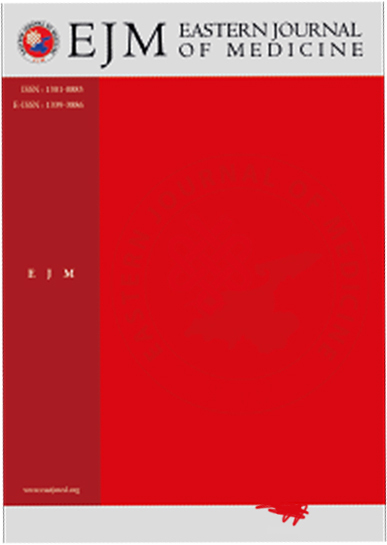Surgeons Experience and Consistency to Determine Surgical Procedures for Hallux Valgus
Evrim Sirin1, Barış Yılmaz2, Guzelali Ozdemir3, Erhan Okay1, Celaleddin Bildik4, Dursun Ak5, Bulent Erol1, Hasan Hilmi Muratlı11Marmara University School of Medicine Department of Orthopaedics and Traumatology2Fatih Sultan Mehmet Research and Training Hospital Department of Orthopaedics and Traumatology
3Ankara Numune Research and Training Hospital Department of Orthopaedics and Traumatology
4Yeni yüzyıl University School of Medicine Department of Orthopaedics and Traumatology
5Çerkezköy State Hospital Department of Orthopaedics and Traumatology
INTRODUCTION: There are various surgical techniques introduced for the treatment of hallux valgus deformity, however there is still considerable debate about the most appropriate one. This study analyses the consistency of interpretation of the deformity and data leading to a specific treatment indication among orthopaedic surgeons with different experience in the field.
METHODS: Nine surgeons were divided into three groups according to their surgical experience,namely; group I, with over 10 years of experience; group II with 510 years of experience and group III with less than 5 years of experience. 50 feet with hallux valgus deformity were analysed twice in one month of time interval based on routine physical examination and angle measurements, and also some other parameters including joint congruence, evidence of arthrosis, prominence of bunion and grading of sesamoid.
RESULTS: Eventually more experienced surgeons paid less attention to measurements; however, their consistency for the surgical decision was higher. Conversely, less experienced surgeons paid more attention to the measured values however their consistency and matching rates for surgical decision were lower.
DISCUSSION AND CONCLUSION: For more experienced surgeons, the measurable values were of less importance. Less experienced surgeons paid more attention to radiological parameters and their measurements were more consistent, however their uniformity in surgical decisions was lower compared to more experienced surgeons.
Manuscript Language: English














